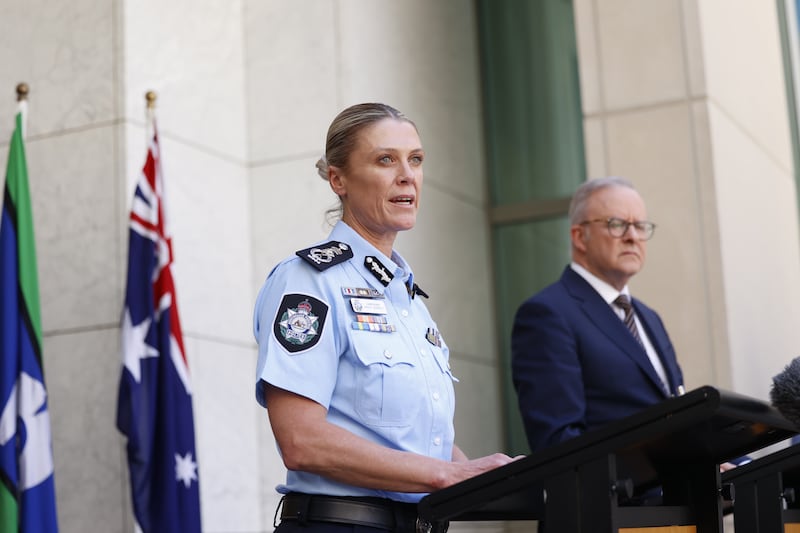Earlier in this series, we discussed the idea of outlining, of sketching a rough trajectory for your story. Structure is a lynchpin for some writers, something ancillary for others, and the book you write may not adhere to the classic structure outlined by German dramatist Gustav Freytag.
Freytag’s pyramid is generally applied to plays, but is loosely applicably to other forms. For him, a story’s dramatic structure follows the line of exposition (introduction and background to a story or character); rising action; crisis (the main issue facing the character); falling action; and conclusion. As prescriptive as it may sound, many writers use it to hang their stories on.
Jon McGregor, winner of the International Impac Dublin Literary Award for Even the Dogs, considers structure important, but more for specifics.
“I do think about it when I’m putting a novel together, but more in terms of the actual nuts and bolts of the book – lengths of sections, sequences, images, themes. What I’m looking for is some kind of scaffolding, which will give me a way to get the damn thing written so I can actually start the real work.
"In my first novel, If Nobody Speaks of Remarkable Things, the narrator, who is pregnant, narrates her sections in nine paragraphs of nine sentences each. In Even the Dogs, each chapter is framed around a stage in the removal of a body (discovery, carrying, waiting, dissection, cremation). These structures are almost always too faint in the finished book for the reader to notice, but they're essential for my writing process."
Wyld style
Both of Evie Wyld's novels straddle different continents. Her debut, After the Fire, A Still Small Voice, won both the John Llewellyn Rhys and Betty Trask prizes. Her most recent book, All the Birds, Singing, is unusually structured, in that the present-day story (set on the Isle of Wight) is told chronologically, while the Australian sections are told backwards. This structure came about once Wyld had the general story arc.
“It’s important not to try and be tricky for the hell of it,” says Wyld. “It all has to be in aid of the story; it has to bring something to it. I like to make the story problematic in as many ways as I can, so that as a reader you feel the need to question what’s going on, which helps to get a deeper understanding of the character.
“I don’t want to be told what to think of a character or a situation, I want to draw my own conclusions, and I think that is what the structure can do – it can put two elements that don’t run naturally together next to each other in a way that can make you question the person you’re reading about.”
A blueprint for the direction a story takes is doubtlessly useful, but it can hamper the act of writing. Donal Ryan, author of The Spinning Heart and The Thing About December, recognises that fears about structure have held him back in the past, but he has learned to employ it to his advantage.
“Structure and pacing were my twin demons for years; they’re largely responsible for two decades of discarded stories and abandoned novels.
"Then I decided to allow myself clear supporting pillars: I would allow structure to dictate pace, and the calendric form I used in The Thing About December was the result of this decision. Twelve months, 12 chapters of roughly equal length: there's my structure, I thought, now I can concentrate on Johnsey, now I can look after the sentences from which he is composed.
"The day after I finished The Thing About December I started The Spinning Heart, and again I gave myself a strong structural lynchpin: I knew from the outset that the central couple's stories would bookend the narrative and the polyphony at the novel's heart would be evenly weighted. These early decisions gave me relief and confidence, and freedom."
John Irving says he can't start a book until he knows the closing line, but Wyld warns against tying yourself in knots over endings. "Resolution is so subjective. I like to leave a lot unsaid at the end, because I think it's unrealistic to have a feeling that everything has been tied up and sorted out – that things end where the book ends."
Out with the arc
McGregor has never charted a narrative arc and is less interested in conflict and resolution than in “accumulation and ever-increasing complexity”.
“I like giving the reader a character or situation, where they might think they know about the characters or that they understand the situation; then I gradually reveal or develop more detail so that the reader keeps having to revise their sense of what is going on.”
Structure is a fully delineated outline and, for some, Freytag’s pyramid model is invaluable. We recognise, says Ryan, the opening gambit of “once upon a time”, right along to “happily ever after”.
"The familiar arc can be left intact but twisted to the writer's will and still used to devastating effect, as Christine Dwyer Hickey proved with her stunning narrative inversion in The Cold Eye of Heaven, and David Mitchell showed with his wonderful A, B, C, D, D, C, B, A construction in Cloud Atlas. "Whether or not a structure works is largely subjective: I've had people tell me they couldn't make head nor tail of The Spinning Heart, were completely confused and had to give up, and others tell me it was perfectly formed and crystal clear.
“My advice, more as a reader than as a writer, is this: if the structure of a book doesn’t appeal to you or work for you, ask yourself if you think you can be reconciled to it, if there is redemption elsewhere for the book – in the language or the rendering of the characters, or your simple desire to find out what happens.”
How to Write a Book continues every Monday
IF YOU BUILD IT . . . THEY WILL READ
- Don't try to be tricky just for the sake of it.
- Don't tell the reader what to think of a character or a situation.
- Don't tie yourself in knots over the ending; and don't make the ending too neat.
- Keep readers guessing, and constantly revising what they think is going on.


















